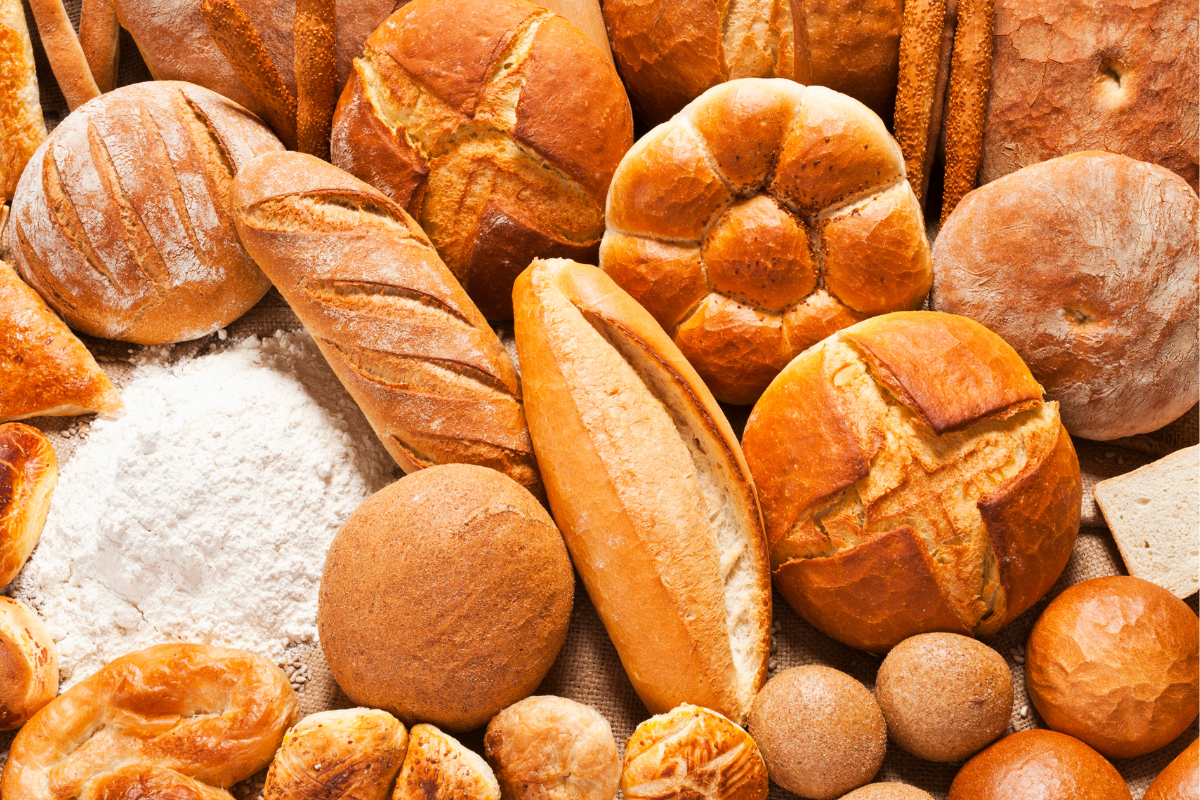Introduction to Brown Bread
What Is Brown Bread?
Brown bread comes from whole-grain flour, typically wheat or rye, giving it a distinctive color and a richer texture than white bread. It includes the bran and germ of the wheat grain, enhancing its nutritional content with more fiber, vitamins, and minerals. The color of brown bread can vary from light to dark, influenced by the flour used and additional ingredients like molasses or coffee, which enrich its flavor and color. Discover other delicious and easy party favorites to complement your brown bread selections.
Historical Significance and Health Benefits
Throughout history, various cultures have relied on brown bread as a dietary staple, associating it with traditional, nutritious eating. Previously seen as less desirable than white bread, brown bread now gains recognition for its health benefits. It provides essential nutrients such as dietary fiber, vitamins B6 and E, and minerals like magnesium, iron, and selenium. Eating brown bread can aid digestion, stabilize blood sugar levels, reduce cholesterol, and support heart health. Its fiber and complex carbohydrates offer sustained energy release, making it a nutritious choice for any meal. Enhance your understanding of nutritious ingredients by exploring comprehensive guides on cooking with spinach.
Different Types of Brown Bread
Exploring Varieties Across Cultures
Brown bread is a global culinary staple, with each culture boasting its unique version that reflects local tastes and grain availability. In Ireland, for instance, brown soda bread is a national treasure, dense and hearty, often made with buttermilk and wholemeal flour. Scandinavian countries favor rye in their brown bread, producing dense, flavorful loaves that are integral to their diets. Meanwhile, in the United States, whole wheat bread is a common choice, offering a lighter texture and a nutty flavor compared to its European counterparts.
Whole Wheat vs. Rye vs. Multigrain
Whole Wheat: Made from the entire wheat kernel, whole wheat bread is high in fiber and has a mild, nutty flavor. It’s versatile, serving as a base for everything from sandwiches to toast, and is widely appreciated for its nutritional benefits, including being a good source of whole grains.
Rye:
Rye bread, particularly popular in Eastern Europe and Scandinavia, has a more robust flavor and denser texture than whole wheat. It’s often made with a mix of rye flour and wheat flour and can include caraway seeds for added flavor. Rye bread is known for its longer shelf life and its distinct, slightly sour taste.
Multigrain:
Multigrain bread can include a variety of grains and seeds, such as barley, flax, millet, and oats, in addition to whole wheat or rye flour. Each ingredient contributes its unique flavor and texture, creating a complex, nutritious loaf. Multigrain breads not only offer diverse tastes and textures but also combine the health benefits of different grains, providing a broader spectrum of nutrients.
By exploring these various types of brown bread, consumers can enjoy a range of flavors and textures while reaping the health benefits associated with whole grains. Whether you prefer the mild taste of whole wheat, the intensity of rye, or the rich diversity of multigrain, there’s a brown bread to suit every palate and dietary need.
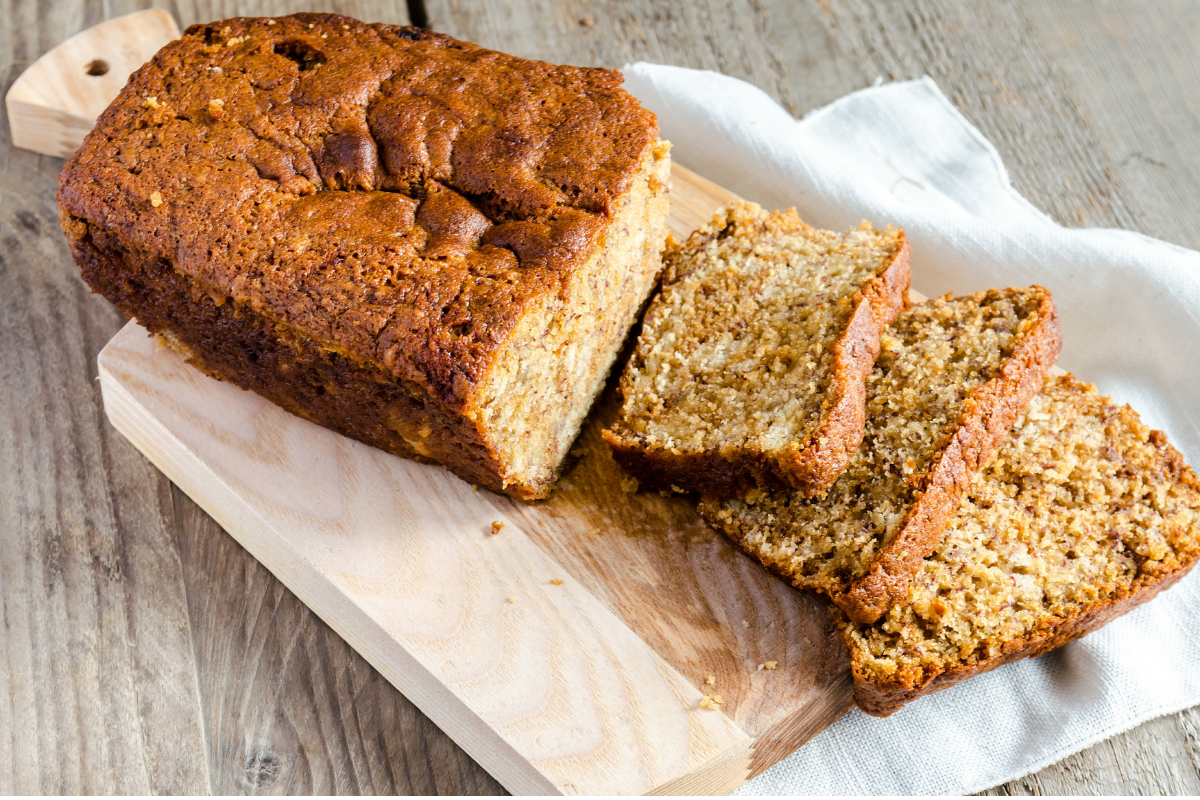
Brown Bread Ingredients: Key Components for Authentic Flavor
Flour Selection: The Backbone of Taste and Nutrition
The choice of flour is crucial for the authentic flavor and nutritional value of brown bread. Bakers often prefer whole wheat flour for its robust taste and fiber. However, rye, spelt, and other whole grains are also excellent for varying the bread’s flavor and health benefits. These grains lend a unique taste and contribute significantly to the bread’s texture and nutritional content.
Essential Ingredients for Texture and Rise
Key ingredients like yeast or baking soda are vital for the bread’s rise and texture. Sweeteners such as molasses or honey subtly enhance flavor, pairing well with the grains’ nuttiness. Ingredients like butter or oil can enrich the bread, improving its texture. Salt, too, is essential for flavor enhancement in any bread recipe.
Choosing the Right Flour and Additives
Considerations for Flour Selection
Choosing the right flour is essential for the desired brown bread flavor and texture. Whole grain flours are top choices for their flavor depth and health perks. When picking flour, think about the brown bread variety you wish to bake—each grain changes the taste and nutritional profile.
Enhancing Flavor and Texture with Additives
Additives like seeds (sunflower, sesame, or flax) can add texture and nutrition. Some bakers mix in dried fruits or nuts for extra flavors and textures.
Conclusion: Balancing Flavor and Nutrition
Select natural, wholesome additives that enhance the bread’s flavor without overpowering the grain’s natural taste. The correct mix of flour and additives makes brown bread tasty and healthy, providing a nutritious alternative to processed varieties.
Step-by-Step Brown Bread Recipe
Classic Brown Bread Preparation
To start your brown bread, first gather all necessary ingredients: whole wheat flour, yeast (or baking soda for a quick bread version), salt, a sweetener like honey or molasses, and any additional grains or seeds you prefer. Here’s a straightforward method to create a delicious loaf:
- Mix Dry Ingredients: In a large bowl, combine your flour, yeast (or baking soda), and salt. If you’re adding seeds or other grains, mix them in at this stage.
- Combine Wet Ingredients: In a separate bowl, mix water with your chosen sweetener and any fats like oil or melted butter. Ensure the liquid is warm (not hot) to activate the yeast without killing it.
- Create the Dough: Gradually combine the wet and dry ingredients, stirring until a sticky dough forms. Knead the dough on a floured surface until it becomes smooth and elastic.
- First Rise: Place the dough in a greased bowl, cover it with a damp cloth, and let it rise until it doubles in size, which typically takes about an hour.
- Shape and Second Rise: Knock back the dough, shape it into a loaf, and place it in your bread pan. Cover and let it rise again until it puffs up nicely above the pan’s rim.
- Bake: Preheat your oven and bake the bread until it’s golden brown and sounds hollow when tapped on the bottom. Cooling on a wire rack preserves the crust’s texture.
Baking Tips for Perfect Texture
- Even Mixing: Ensure your dry and wet ingredients are thoroughly combined for even hydration, crucial for texture.
- Kneading: Adequate kneading develops the gluten, giving your bread structure and chewiness.
- Consistent Temperature: Keep your rising dough in a warm, draft-free area to ensure a consistent rise.
- Don’t Rush: Allow the bread to fully rise, as rushing can lead to dense loaves.
- Test for Doneness: Use a thermometer to check that the bread’s internal temperature reaches around 190°F (88°C), indicating it’s baked through.
By following these steps and tips, you’ll create a classic brown bread with a delightful texture and taste, perfect for any occasion.
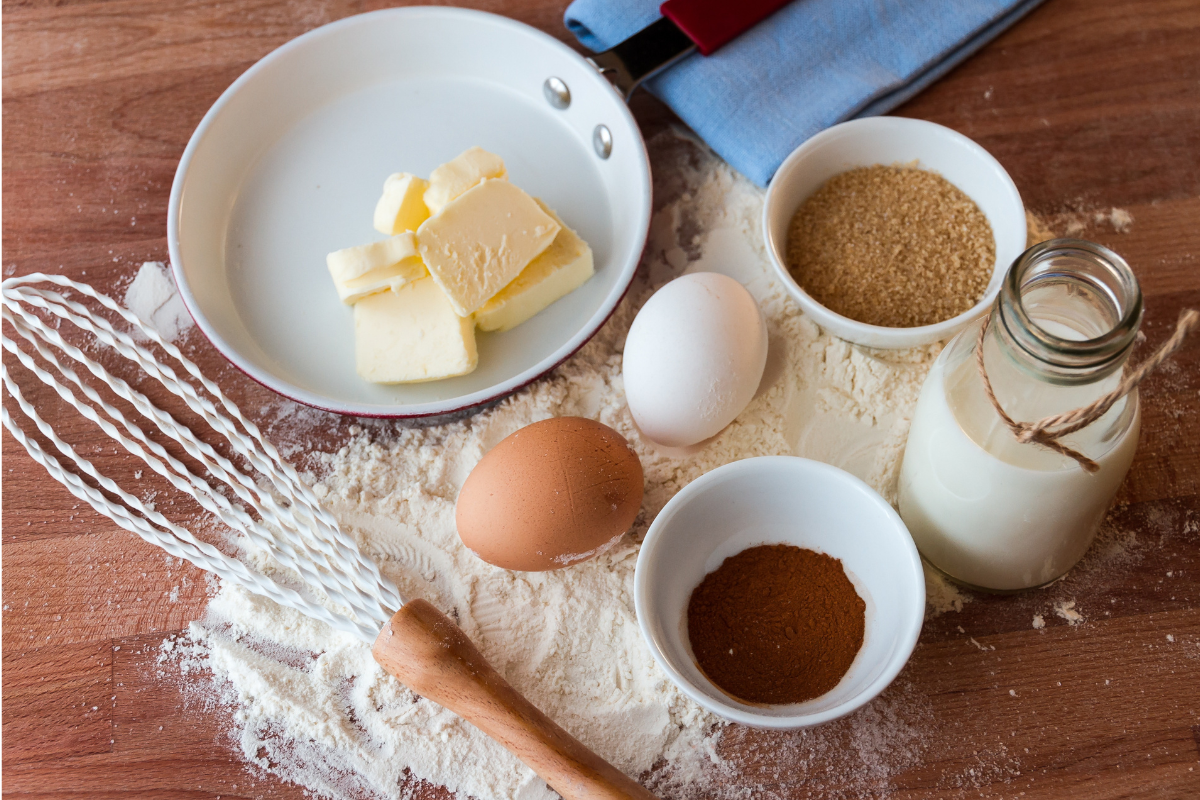
Nutritional Value of Brown Bread
Health Benefits and Dietary Considerations
Brown bread, made from whole grain flour, is a nutritious staple that offers various health benefits. It’s rich in dietary fiber, which aids in digestion and promotes a feeling of fullness, helping with weight management. The fiber in brown bread also plays a role in regulating blood sugar levels and reducing cholesterol, contributing to heart health.
Whole grains, the primary ingredient in brown bread, are packed with essential nutrients, including B vitamins, iron, magnesium, and selenium. These nutrients support various bodily functions, from energy production to immune defense and nerve function. Additionally, the inclusion of whole grains increases the intake of antioxidants and phytochemicals, compounds that combat oxidative stress and inflammation.
Comparing Brown Bread to White Bread
When comparing brown bread to white bread, the most significant difference lies in the nutritional content and health impact. White bread is made from refined flour that has been stripped of the bran and germ, reducing its fiber and nutrient levels. Consequently, white bread has a higher glycemic index, which can lead to quicker spikes in blood sugar levels.
Brown bread retains the whole grain’s bran and germ, providing its rich nutrient profile and fiber content. This not only aids in digestive health but also contributes to a slower, more stable release of energy, preventing the rapid blood sugar spikes associated with refined grains.
Incorporating brown bread into your diet can be a step towards a healthier eating pattern, offering benefits like improved digestion, better satiety, and a reduced risk of chronic diseases such as type 2 diabetes and heart disease. For those with dietary considerations, such as gluten sensitivity or celiac disease, it’s important to choose brown bread made from gluten-free whole grains to enjoy similar nutritional benefits without the adverse effects of gluten.
Creative Recipes Using Brown Bread
Innovative Dishes and Pairings
Brown bread’s versatility extends beyond the breakfast table or sandwich platter; it can be a key ingredient in a variety of innovative dishes. Its robust flavor and hearty texture make it an excellent base for both sweet and savory creations, offering endless culinary possibilities.
Savory Pairings: Transform brown bread into a rustic, flavorful stuffing for poultry or vegetables, incorporating herbs, onions, and celery for added depth. Alternatively, use it as a base for an open-faced tartine, topped with avocado, smoked salmon, or your favorite cheese and grilled vegetables. Brown bread croutons can also add a crunchy, wholesome element to soups and salads.
Sweet Pairings: For a sweet twist, brown bread pudding is a comforting dessert that can be enhanced with fruits like apples or berries, cinnamon, and a touch of vanilla. Bread slices soaked in a mixture of eggs, milk, and natural sweeteners, then baked until golden, create a delightful treat. Brown bread also serves as a sturdy foundation for French toast, absorbing the egg mixture well and pairing it beautifully with maple syrup, fresh fruit, or a sprinkle of powdered sugar.
Sweet and Savory Ideas
Brown Bread Pizza: Use thick brown bread slices as a quick pizza base. Top with tomato sauce, mozzarella, and your favorite toppings for a speedy, satisfying meal.
Brown Bread Panzanella: Give the classic Italian salad a twist by incorporating cubed, toasted brown bread. Toss with fresh tomatoes, cucumbers, onions, basil, and a tangy vinaigrette for a refreshing dish.
Brown Bread Ice Cream Sandwiches: For a unique dessert, use thin brown bread slices to encase a scoop of your preferred ice cream. Press the edges to seal, then briefly freeze before serving.
By exploring these creative uses for brown bread, you can discover its potential to elevate both everyday meals and special dishes, making the most of its wholesome goodness and satisfying flavor.
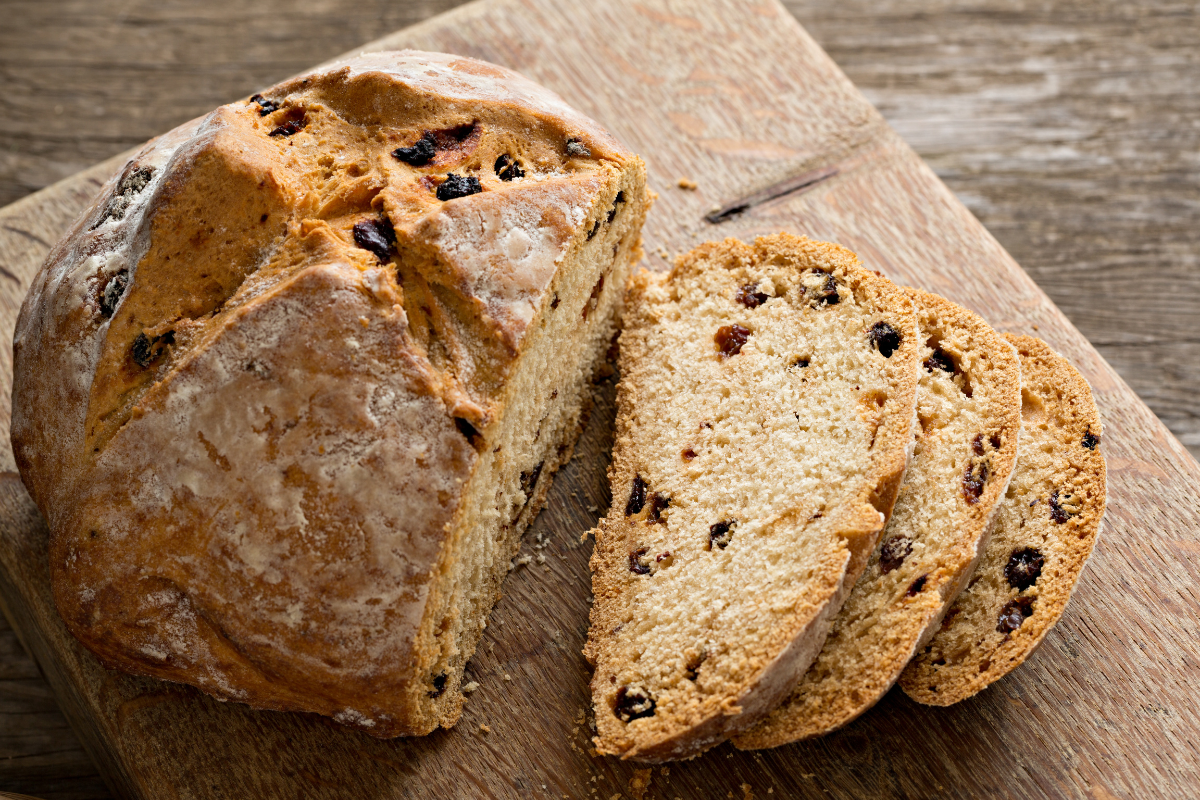
Storing and Preserving Brown Bread
Best Practices for Freshness
To maintain the freshness and quality of brown bread, proper storage is essential. After baking or purchasing, keep the bread in a cool, dry place, away from direct sunlight. A bread box or a cupboard can provide the ideal environment to prevent staleness. If you’re using a plastic bag, ensure it has small holes to allow the bread to breathe, preventing moisture buildup that can lead to mold.
For short-term storage, wrapping the bread in a clean, dry cloth and then placing it in a paper bag can help maintain its crust and prevent it from becoming too soft or moldy. It’s crucial to avoid storing bread in the refrigerator, as this can accelerate staling due to the cold temperature affecting the starch molecules.
Freezing and Reheating Tips
Freezing is an excellent option for extending the shelf life of brown bread without compromising its quality. To freeze, slice the bread if desired, and wrap it tightly in aluminum foil or a freezer-safe plastic bag, expelling as much air as possible before sealing. Frozen brown bread can last for up to three months.
When you’re ready to enjoy your frozen bread, thawing it at room temperature is the best approach. If you prefer to eat it warm, you can reheat it in the oven. Preheat your oven to 350°F (175°C), unwrap the bread, and heat it directly on the oven rack for about 10-15 minutes, or until it’s thoroughly warmed. If the bread is sliced, you can toast it directly from frozen for a quick and convenient option.
By following these storage and reheating guidelines, you can enjoy your brown bread at its best, preserving its flavor, texture, and nutritional benefits, whether it’s fresh or has been stored for later use.
FAQs About Brown Bread
Addressing Common Queries
1. Is brown bread healthier than white bread?
Yes, brown bread typically contains more fiber, vitamins, and minerals due to the use of whole-grain flour, making it a healthier choice than white bread, which is made from refined flour.
2. Can brown bread help with weight management?
Absolutely. The high fiber content in brown bread helps promote a feeling of fullness, potentially aiding in weight control by reducing overall calorie intake.
3. How can I tell if brown bread is made from whole grains?
Check the ingredients list for terms like “whole wheat flour” or “whole grain flour” as the first item, ensuring the bread is genuinely whole grain.
Expert Advice and Solutions
For those looking to incorporate brown bread into a balanced diet, consider pairing it with healthy fats like avocado or lean proteins for a nutritious meal. If you have specific dietary concerns, such as gluten intolerance, seek out brown bread varieties that cater to these needs without compromising on health benefits.
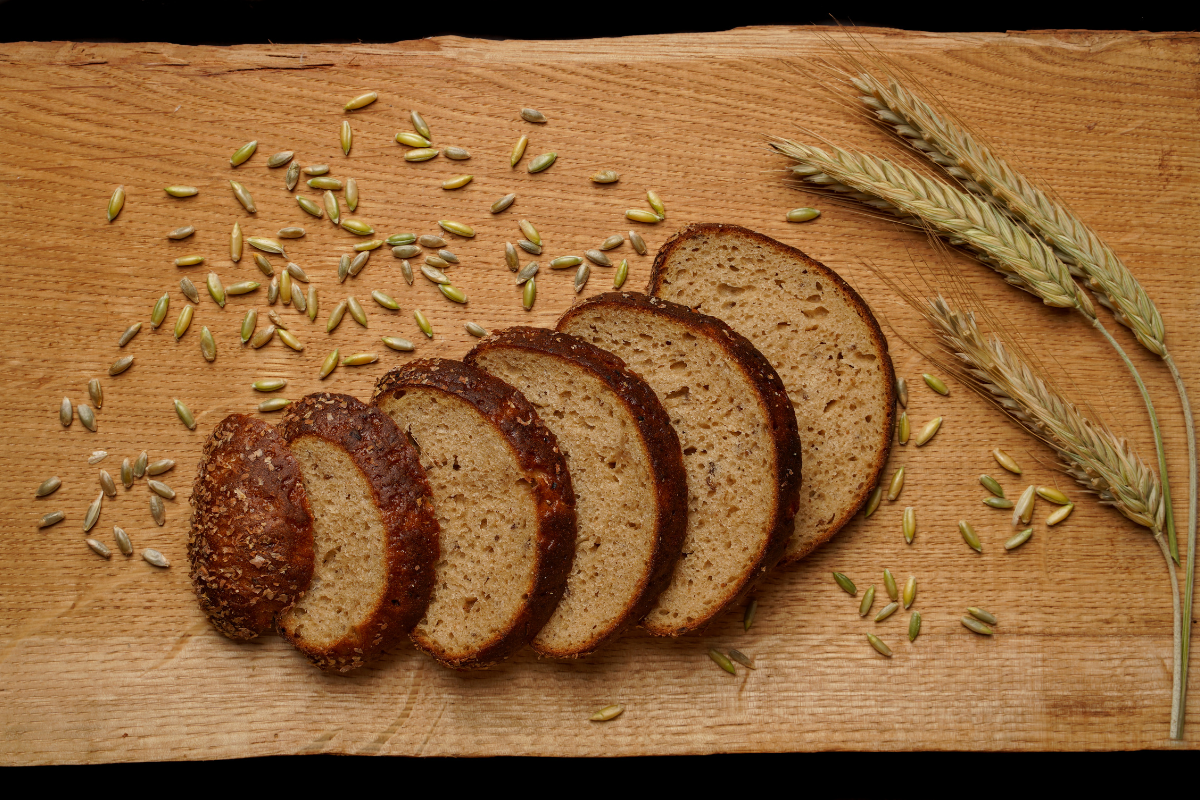
Conclusion: Embracing the Versatility of Brown Bread
Recap and Final Thoughts
Brown bread stands out as a nutritious and versatile staple in global cuisines, offering a wealth of health benefits and culinary possibilities. Its rich fiber content, essential nutrients, and complex flavors make it a superior choice over white bread, aligning well with a health-conscious lifestyle.
Exploring the Culinary Potential
The adaptability of brown bread in various recipes—from hearty sandwiches to delectable desserts—demonstrates its culinary potential, inviting home cooks and chefs alike to explore its uses in their kitchens.
Encouraging Culinary Exploration
Brown bread’s versatility extends far beyond the basic loaf, serving as a foundation for creative and wholesome dishes. Whether you’re a novice baker or a seasoned culinary artist, brown bread offers a canvas for experimentation and discovery.
Further Resources
For those eager to dive deeper into the art of bread making, resources like the nutritarian bread insights, sourdough bread baking guide, and understanding the bread-making science can enhance your knowledge and skills, enriching your baking journey. For those eager to dive deeper into the art of bread making, exploring resources like the nutritarian bread insights, and the sourdough bread baking guide, and understanding the bread-making science can enhance your knowledge and skills, enriching your baking journey.
Embrace the Wholesome Goodness
Incorporate brown bread into your diet, explore its various forms, and perhaps even bake your own. The journey through the world of brown bread is not only one of health and nutrition but also of culinary delight and creativity.
